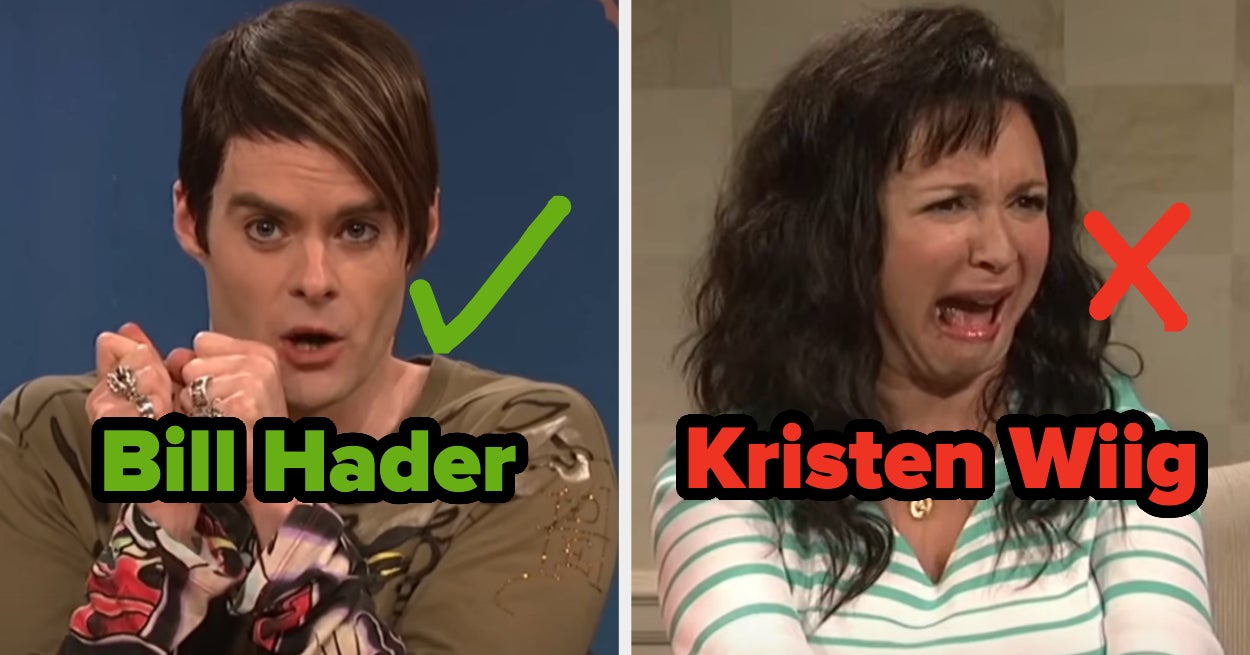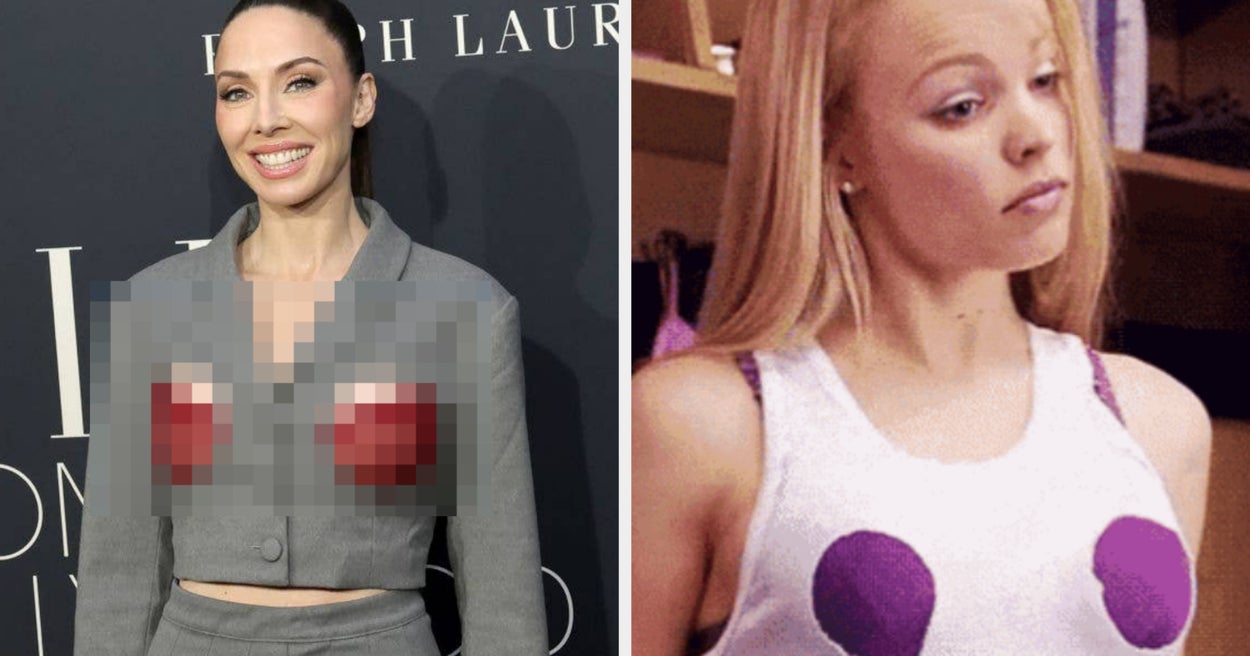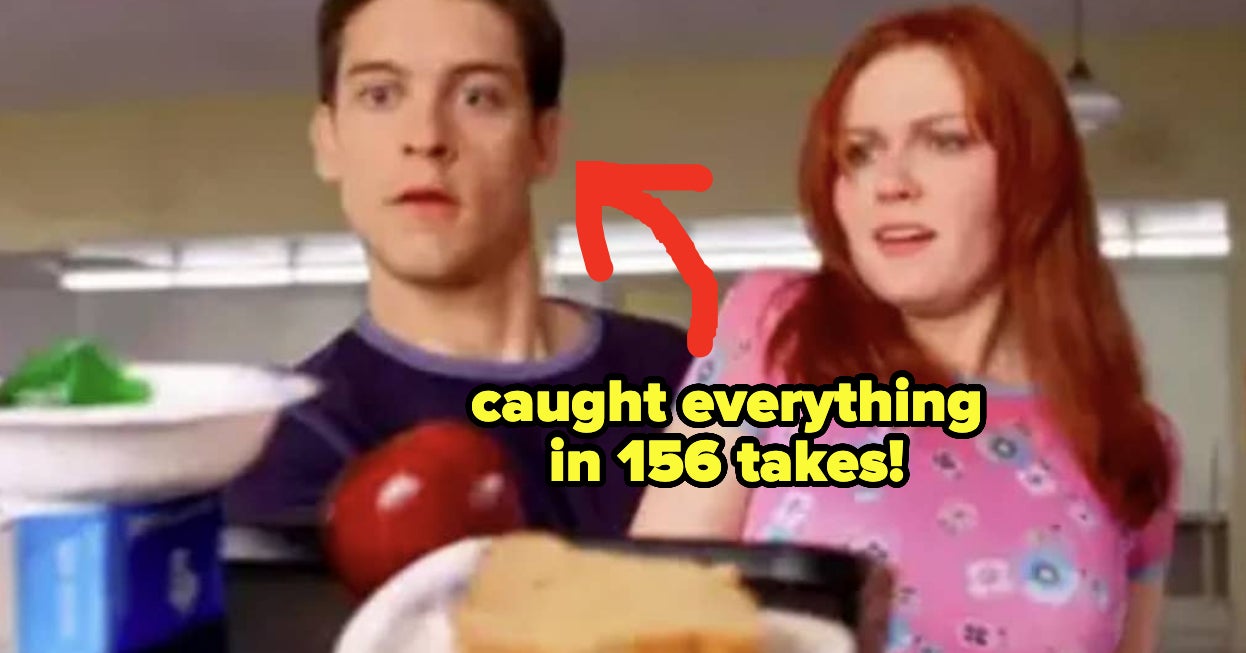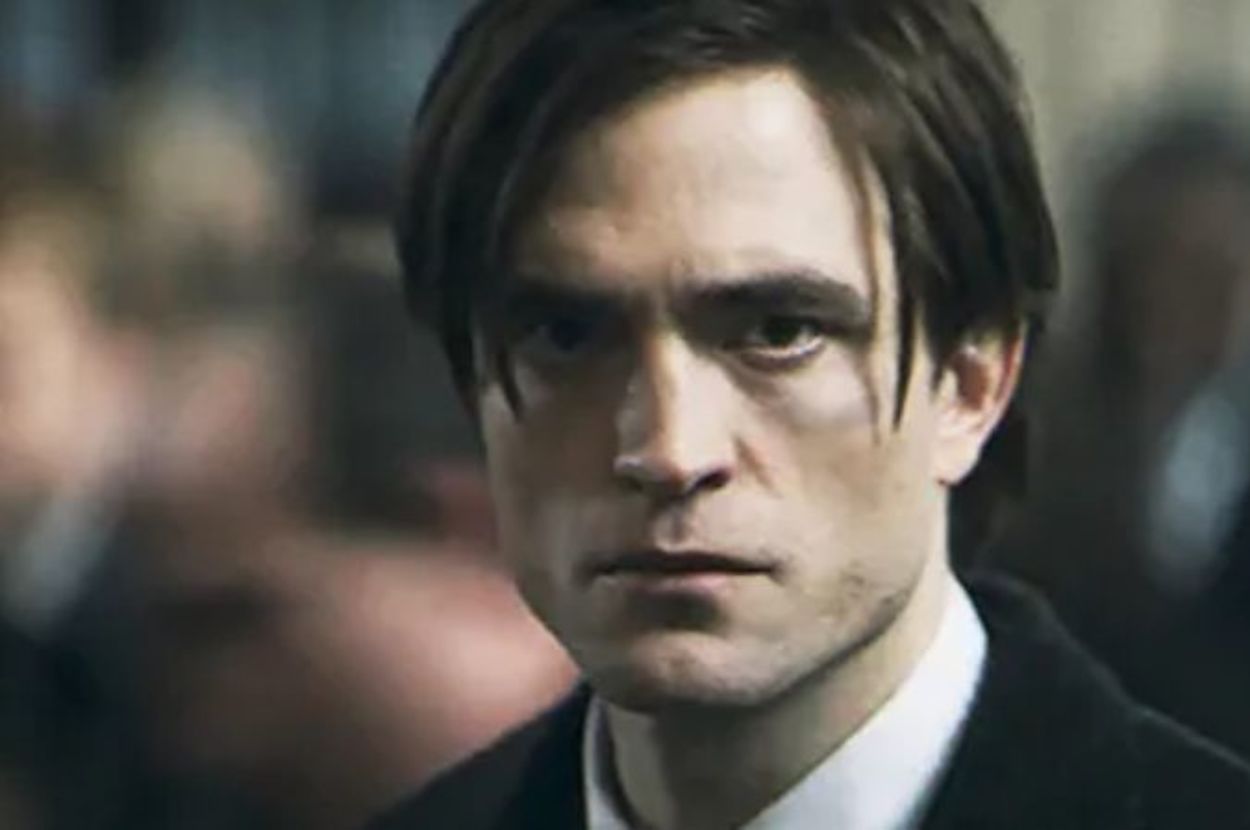When Poland joined the European Union 20 years ago, our world changed. I was a student in Warsaw, and spent my savings on a train ticket to Berlin – not for migrant work, but to see the 200 masterpieces at the Neue Nationalgalerie on loan from the New York Museum of Modern Art.
In 2017, while in the US, I rushed to the San Francisco Museum of Modern Art. The very first painting I saw was a personal delight because the artist was a woman, Paulina Ołowska, and Polish.
On both occasions there was a tiny ache in my heart. Because although the art scene in Poland is plentiful, our Museum of Modern Art has for two decades been of no fixed address, moving from one venue to another. It was a migrant institution.
That changed on 25 October with the opening of its purpose-built forever home, in the very centre of Warsaw, our capital. The building is controversial, perhaps because of massive expectations. Critics say it looks unimaginative: at best the gigantic white shed looks like an online retail logistics centre, a temple to late-stage capitalism.
But I’ve been keeping an open mind. The district’s Parisian boulevards were dynamited into rubble by Nazi Germany in 1944 after it crushed the Warsaw Uprising of the Polish resistance; our Soviet “allies” purposefully starved it of support and then “liberated” us before imposing murderous totalitarian rule.
Stalin then “gifted” our city the notorious Palace of Culture and Science, a socialist-realist temple to lies and punishment that looks like a knobbly, upturned syringe filled with some tyrannical poison. It’s now a fundamental part of our otherwise glittering, glass-and-steel, 21st-century skyline that we choose to keep, perhaps as a proud memento of what we survived.
Our new museum is right next door. Stepping inside, the brightness is shocking, majestic, and nevertheless provides a warm welcome. Standing beside the US architect Thomas Phifer in the space that he designed, I ask him what he likes most.
“The light,” he says. “Light to me is enlightenment. It is the opening of ideas. It is cleansing in a way. Especially right here,” he says, pointing up and out through the giant window in front of us, to Moscow’s dark gift to Warsaw.
Windows face out in every direction across the city, offering previously unseen perspectives. Stay long enough for a change in the sky, Phifer suggests, and the light changes the art. One room has just a bench and a view – a respite from art, a place for simple contemplation.
The permanent collection opens on 21 February. About 65% of it will be by Polish artists, with many pieces coming straight from working studios into the museum. For the current opening phase, there is a first batch of nine pieces, all of them large scale, and all by women. Perhaps the most visually striking is Ghosting, by the Democratic Republic of the Congo-born Norwegian artist Sandra Mujinga. It is like a vibrantly colourful tent blown away in a storm; look again, and we can see the form of a human being.
after newsletter promotion
Magdalena Abakanowicz, a star of Polish sculpture whose work has featured in an Alexander McQueen fashion show, is represented by Monumental Composition. Jars 2024 by Karolina Jabłońska depicts enlarged jars of preserved food, plus her head, which can be interpreted as a joke at the expense of the słoiki, or “jars”. Young people from modest, provincial families who are drawn to work in Warsaw still go back to their traditional roots each weekend to collect home cooking, in jars, from doting mothers.
According to the museum’s director, Joanna Mytkowska, the most “complex” piece is a 1954 bronze by Alina Szapocznikow, a Holocaust survivor, entitled Friendship. Originally in the Palace of Culture, it is a pair of fit young men personifying the USSR and Poland, in a purportedly comradely embrace. Thrown out when communism fell, the piece has been rehabilitated along with Szapocznikow herself. Today, it looks out of the window towards the building in which it once stood, as if rethinking its past.
“It is an extraordinary story about how our relationship with the art piece is changing. From propaganda art to admiration for an avant garde woman artist, who Szapocznikow undoubtedly was,” says Mytkowska. “It is a very interesting, and very modern story about how our perception of art pieces changes.”
Most unforgettable is the double staircase, which embraces visitors. Phifer tells me he had hardly heard of Instagram when he conceived it; and yet it has instantly become a place of celebration where strangers mingle and snap memories together. In some museums, when we are observing the art, we might feel disconnected from each other. Here, we connect.






